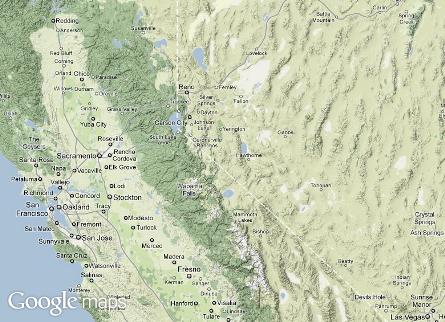Virgin America plans to soon debut the newest upgrades to its ‘Red’ in-flight entertainment (IFE) system, including making SkyMall products available for purchase through the seat-back display for the first time, in a bid to continue substantially growing its ancillary revenue streams.
Passengers will be able to acquire a range of products – some unique to Virgin America - from ‘The Red Store’ via the touch-screen display or the Qwerty keyboard in the armrest.
Higher-end items, such as a $329 Sony PlayStation Portable or even a $38,000 diamond-encrusted Apple iPhone, will also be available, and passengers will be able to earn ‘Elevate’ frequent flyer points when they make purchases.

A new ‘open tab’ function on the IFE system allows passengers to swipe their credit once per flight and order food, drinks, and anything else available via Red.
The in-flight menu on Red will provide suggestions on meal pairing. And a new custom bar, called Cocktails with Altitude, will be offered. The bar was developed with input from Virgin America passengers on social media as well as company staffers.
Additionally, Virgin America has enhanced its seatback interactive Google maps to include a terrain view.
Speaking exclusively with ATI and Flightglobal about the new upgrades, Virgin America president and CEO David Cush says that the San Francisco-based carrier worked with Red hardware manufacturer Panasonic Avionics and software firm CoKinetic to take Red to the next level of functionality, but that the ideas came from Virgin America.
"Anything we do to our IFE ultimately involves Panasonic and CoKinetic because they contribute to the underlying software, but the ideas generally come from us. Our marketing team, our planning team, our public relations team – those were the groups that came up with the ideas and then we work with CoKinetic and Panasonic to actually implement them."
Maintaining control "of the top layer of the software" is critical to Virgin America, says Cush. "If we were relying on CoKinetic and Panasonic to generate the ideas then everyone is going to have it. [IFE] is a differentiator for us. We have creative people here, who probably – because they are in the San Francisco Bay Area – think a little different than others."
During the first phase of Virgin America’s roll-out of new onboard shopping, credit card transactions will be processed when the aircraft reaches the ground, as the carrier does today for sales of food and drinks. But Virgin America intends to integrate Aircell’s Gogo in-flight connectivity into its IFE system to ensure real-time transactions within the next several months.
"I’m hopeful that by the end of this year, we could have real-time credit-card approval. If not, early next year. A lot of that depends on when we can integrate Gogo Wi-Fi into the system. That will be the communication system we use to verify the credit card," says Cush.
Virgin America also ultimately plans to offer some limited social media applications and text messaging through the IFE system. Part of the reason for offering social media in the seat-back or higher-end Google terrain maps is to draw passengers to the entertainment system "because once in, they are willing to spend a little money", says Cush.

With "connected" IFE, guests will also be able to use concierge services in real-time, and, for example, have the ability "to arrange airport transfers and arrange other travel requirements that you have on the ground" through the system, he says.
Virgin America’s ancillary revenues are up 40% year-over-year "and we’re expecting that type of growth going forward when we add more functionality" to Red, says the Virgin America CEO, adding: "Our five-year projections have this type of growth."
By 2013, however, Virgin America will be looking to introduce a new, fully connected, next generation IFE system with the delivery of its Airbus A320 family aircraft.
"We know we want a significant upgrade in hardware, and significant upgrades in bandwidth, and by 2012, or more likely 2013, we’d [like] wider monitors on the airplane, with more functional handheld remotes and keyboards, faster processors, and faster Internet that is integrated into the system from inception, so it really becomes about the capabilities of the platform," says Cush.
"After that, we’ll figure out how we want to use it. I would say we’re at the first step now. Let’s make sure we can build a platform capable of doing some pretty wild things, and then figure out what the wild things are later."
Source: FlightGlobal.com























